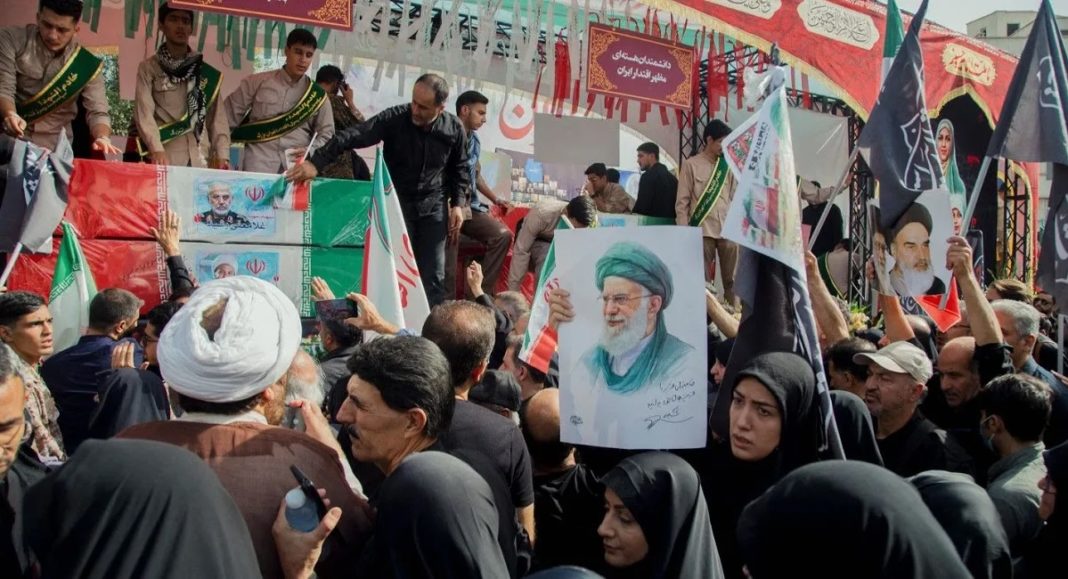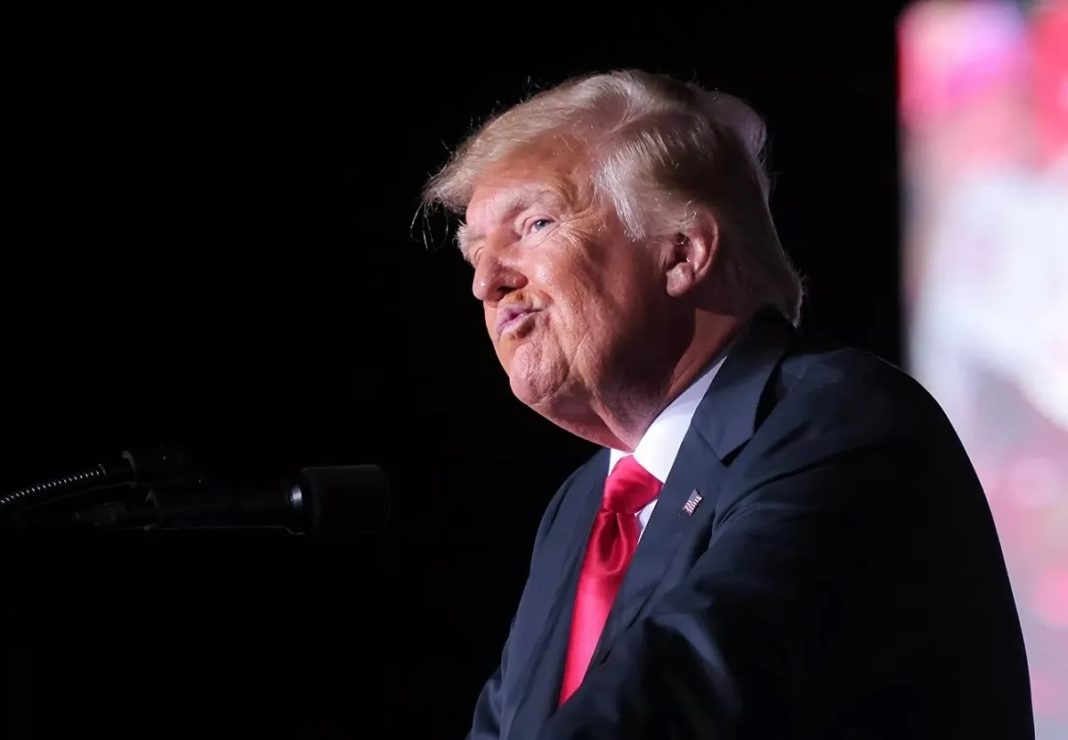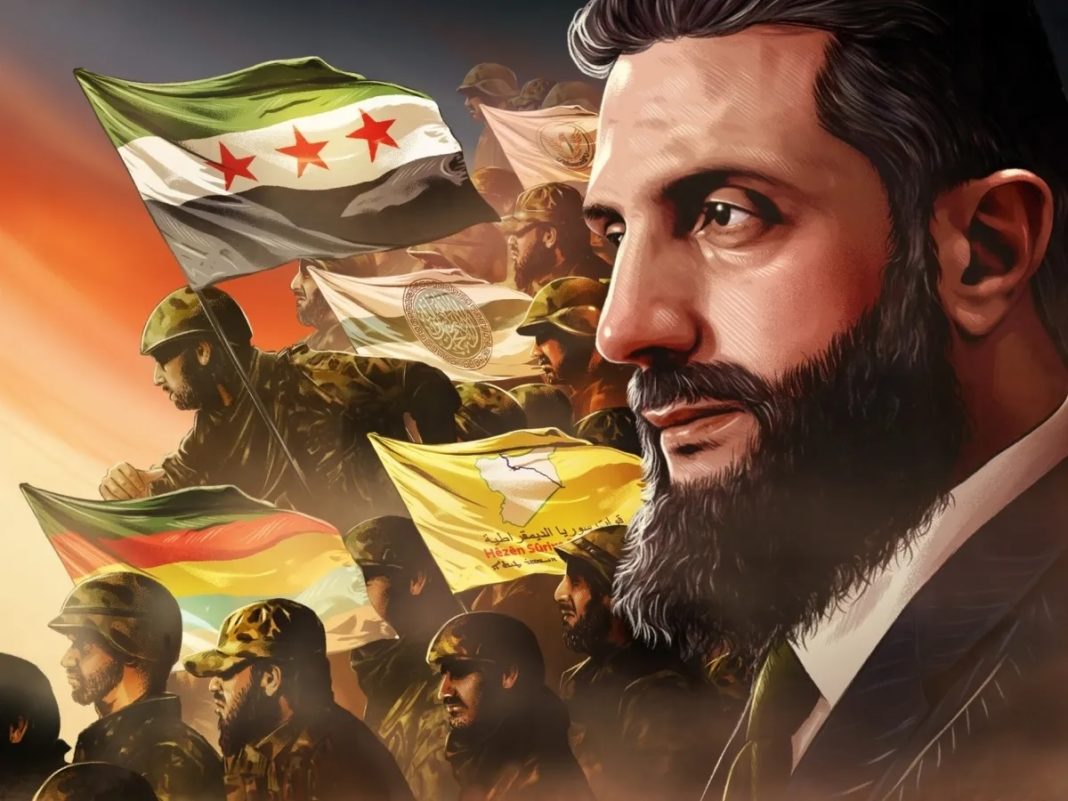Gabriel G Tabarani
The Middle East, particularly the volatile triangle of Iran, Israel, and the United States, finds itself once again at an inflection point. While the physical damage from recent strikes and covert operations may be measurable, the deeper geopolitical shifts are far less clear. Iran’s capacity has been visibly degraded, but its ideological intent remains defiantly intact. The United States, meanwhile, seems to be oscillating between tactics without anchoring itself to a clear strategic endgame. As Washington and Tehran assess their next moves, one thing is evident: without a defined vision and unified front, we are destined to remain in a state of transactional stasis—no war, no peace.
The recent discussion hosted by former deputy special coordinator for Middle East Affairs at the US Department of State Aaron David Miller, with former director of the CIA General David Petraeus and Iran expert Karim Sadjadpour, paints a sobering picture of current dynamics. Despite Israeli and U.S. military successes in curbing Iran’s operational capabilities, the regime in Tehran continues to cling to the ideological tenets that have defined it since 1979: animosity toward America and Israel, and a rigidly conservative Islamic state at home. In the words of Sadjadpour, Iran is acting much like the restored Bourbons of post-Napoleonic France—”they’ve learned nothing and forgotten nothing.”
Tehran has paused its direct confrontation with the U.S. and Israel, not in surrender, but to consolidate power internally. This includes cracking down on dissidents and sowing paranoia through accusations of espionage. Meanwhile, in the nuclear sphere, Iran keeps one foot in diplomacy while using the other to kick away meaningful international oversight, curtailing cooperation with the International Atomic Energy Agency (IAEA) and making veiled threats about leaving the Non-Proliferation Treaty altogether.
In this context, the Donald Trump administration—or any U.S. future administration—faces three broad options: pursue negotiations, resume military actions, or remain caught in an ambiguous gray zone between war and peace. So far, the preferred course appears to be a blend of performative diplomacy and military deterrence, without clearly articulating the desired outcome. Is it denuclearization? Regime change? Regional containment?
Petraeus suggests that now is the time to press Iran, using the current leverage created by Tehran’s weakened regional posture and Israel’s military dominance. He envisions a path that forces Iran to dismantle its nuclear program in exchange for civilian nuclear cooperation and verifiable IAEA oversight. But this assumes a rational actor in Tehran, willing to prioritize national interest over revolutionary dogma—something history advises us not to count on.
Iran’s Supreme Leader, Ali Khamenei, now 86, remains ideologically entrenched, and his inner circle has shown little appetite for meaningful compromise. Sadjadpour rightly points out that Iran’s past concessions have often come under extreme economic duress, as seen during the Obama-era nuclear deal. That deal was not born of ideological reform but of economic desperation, coerced by global consensus and the looming threat of economic ruin. To replicate such leverage today would require a coordinated international effort that appears increasingly difficult in a fractured global order.
Moreover, Washington must be realistic about regime change. Despite deep-seated dissatisfaction among ordinary Iranians, the regime still holds a monopoly on organized violence. The Revolutionary Guards, Basij militia, and Quds Force remain fiercely loyal and are willing to use brutal force to suppress dissent. As Petraeus warns, there is no credible, organized opposition poised to take the reins if the regime falls. Support for democratic forces inside Iran should be a long-term investment, not a shortcut to regime collapse.
This leads us to one of the more troubling aspects of current U.S. policy: the erosion of American soft power. Institutions like the Voice of America and Radio Free Europe—once key instruments in winning the Cold War— plus “Al-Hurra” TV, have been gutted. In an age where information wars are as potent as drone strikes, this self-inflicted wound gifts Iran’s leadership a freer hand in shaping the domestic narrative. As Sadjadpour observes, Khamenei fears American culture and ideas more than its bombs. Empowering Iranian civil society, supporting digital freedom, and amplifying dissident voices are critical components of a long-term containment and transformation strategy.
Yet amid all this, one cannot help but feel the region is trapped in a vicious cycle. The United States lacks a cohesive vision, and Iran is trapped in a revolutionary time warp. The risk, therefore, is not just escalation, but inertia—a limbo in which diplomatic breakthroughs are elusive, military deterrence is insufficient, and the region lurches from one crisis to the next.
If Iran’s ideological rigidity persists post-Khamenei, the prospects for normalization or reform remain bleak. But if a post-Khamenei leadership emerges with the vision to prioritize national over revolutionary interests, then the seeds of change—sown by decades of economic isolation and civil unrest—may finally take root. That moment may be years away, but the groundwork must be laid now through consistent, strategic engagement and international unity.
What’s needed today is not just a muscular foreign policy, but a mindful one. Washington must define its endgame with Iran clearly—whether it’s deterrence, diplomacy, or containment—and align its tools accordingly. Without this clarity, the world, and specially the Middle East, will continue to lurch between crises, with no peace and no war, and no progress.
This article was originally published in Arabic on the Asswak Al-Arab website.


